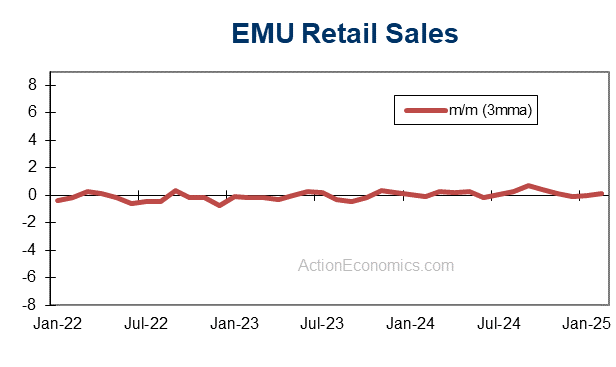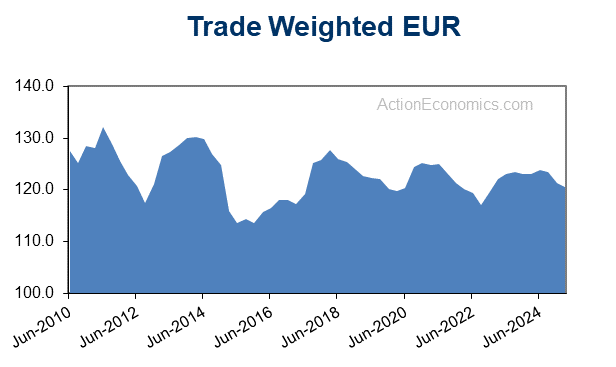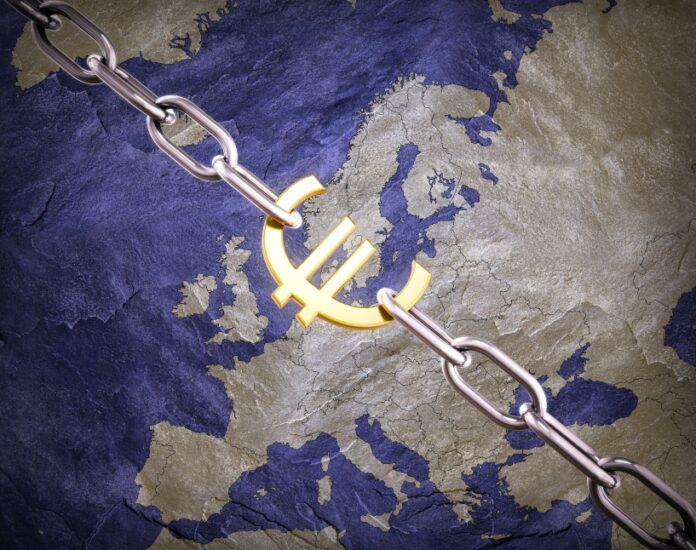A perfect storm for the EUR.
EURUSD fell below parity a couple of times last week, but has settled slightly higher for now as markets wait for the ECB, while reining in Fed hike expectations. Tomorrow will be a crucial test for the single currency, as the ECB’s lift off on rates coincides with the day the Nordstream 1 pipeline is set to re-open after scheduled maintenance work.
The ECB meeting is dominating Europe’s calendar, as central bankers debate the size of the initial rate hike, while Lagarde is pushing for a swift agreement on a new anti-fragmentation tool. Political turmoil in Italy has been pushing out spreads and there are lingering fears of contagion if the ECB is not able to step in. The risk is that markets will be disappointed with the package, which would put fresh pressure on the EUR. The BoE meanwhile is far ahead in the tightening cycle, but with headwinds to European economies getting stronger, there is merit in front-loading rate hikes.
If Lagarde fails to deliver the bulletproof anti-fragmentation tool that markets are hoping for and Russia fails to turn on gas supplies, the EUR is likely to tank, especially if Italian PM Draghi fails to win a confidence vote scheduled for this evening in Rome. Draghi will address lawmakers this morning, ahead of the vote. Draghi was ready to throw in the towel last week, but the President told him to first try and get the warring parties of his coalition together to try and find a solution. If he fails there will have to be new elections within 70 days, and a tool to try and prevent contagion effects from fresh volatility in Italy will be needed more than ever as markets are already dumping Italian bonds.

Eurozone HICP inflation was confirmed at 8.6% y/y with the final reading for June. The sharp acceleration from 8.1% y/y in May was largely driven by food and energy price inflation. Coupled with the fact that food and energy are two items with relatively low price-elasticity, at least in the short term, the uptick will further weigh on already depressed consumer confidence and add to the erosion of real disposable income that is feeding wage demands and weighing on consumption trends.

The sharp rise in oil and European gas prices compared to last year, coupled with the rise in the Dollar, means the Eurozone nominal import bill is exploding. As such, the Eurozone’s trade balance is now posting a hefty deficit. Thanks to the fact that oil prices eased somewhat in May, the deficit narrowed somewhat that month, but the gap still reached EUR 26.0 bln. The 4.8% m/m rise in exports was a positive surprise, but the accumulated trade deficit of EUR 163.3 bln in the first five months of the year flags the costs of the standoff with Russia over the Ukraine war.
The combination of very high inflation and mounting risks to growth make a strong case in favor of front- loading the process of ECB policy normalization and ending the negative interest rate environment sooner rather than later. As such, a half point move is expected rather than the quarter point that Lagarde flagged as a compromise on the lift-off this week.
Political turmoil in Italy, coupled with mounting concern that Russia will cut off gas supplies to Europe and thus leave the industrial sector facing gas rationing over the winter, have pushed out Eurozone spreads. The dovish camp will argue that it’s important to prevent the sell-off in BTPs from spreading to other peripheral markets. The hawks will want to make sure that there are sufficient safeguards in place to prevent the central bank from shifting to outright monetary financing. Italy’s case highlights that it is very difficult to define when a sell-off in bonds and a widening of spreads is “unjustified”. Agreeing to something too generous, too quickly, could come back to haunt the ECB down the line.
The risk then is that markets will be disappointed with whatever Lagarde presents on Thursday, which could well see the EUR falling below parity to the Dollar. The EUR already dropped below the magic line a couple of times last week, but with Fed hike speculation reined in, the EUR has stabilized slightly higher ahead of the ECB announcement. If Lagarde doesn’t deliver, or doesn’t deliver as much as traders are hoping for, parity is likely to be taken out lastingly, especially if Russia doesn’t re-open the Nordstream 1 pipeline as planned that day. So far this remains very much a story of dollar strength rather than real weakness in the wider trade weighted EUR. However, EURUSD parity is a psychological level that if broken, would further undermine confidence in the monetary union.
Click here to access our Economic Calendar
Andria Pichidi
Market Analyst
Disclaimer: This material is provided as a general marketing communication for information purposes only and does not constitute an independent investment research. Nothing in this communication contains, or should be considered as containing, an investment advice or an investment recommendation or a solicitation for the purpose of buying or selling of any financial instrument. All information provided is gathered from reputable sources and any information containing an indication of past performance is not a guarantee or reliable indicator of future performance. Users acknowledge that any investment in Leveraged Products is characterized by a certain degree of uncertainty and that any investment of this nature involves a high level of risk for which the users are solely responsible and liable. We assume no liability for any loss arising from any investment made based on the information provided in this communication. This communication must not be reproduced or further distributed without our prior written permission.




















